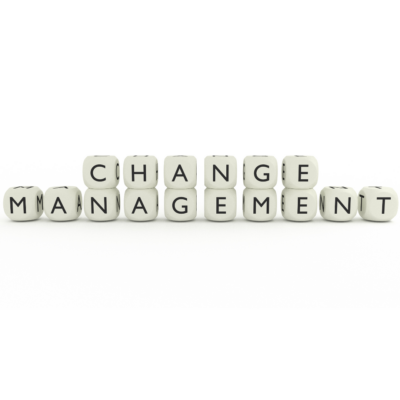Change Management Often Lacks Empathy
As we continue our series on change management, we learn how the lack of empathy often affects change and derails company culture. To this point, we’ve discussed how to manage change in the workplace and how to plan for and implement it effectively.
Employee stress in the workplace is at record-level highs. Layoffs, mergers, and operational overhauls—whatever the change may be—only increase those stress levels since employees are often tasked with taking on larger workloads and are left to wonder about the survival of their role within the organization.
Today, we know that workplace stress and burnout have very real negative implications for retention, productivity, and engagement. Last year, 70% of the C-suite considered quitting to find a job that better supported their well-being. Worldwide, 615 million suffer from work-related depression and anxiety, and, according to a recent WHO study, it costs the global workforce an estimated $1 trillion in lost productivity each year.
Often, change management programs focus on the tactical steps needed to achieve a certain result, and leaders often stick too rigidly to that plan without adapting to people’s needs as they go. The result: more turnover and a greater hit to productivity than originally expected.
Expert Solution With Catherine Morgan
Catherine Morgan, a recent guest on America Back to Work, is an award-winning career transition expert who has been coaching clients and colleagues through job and life transitions for more than 20 years.
Morgan is an industry expert on topics related to career transition, workplace mental health, and entrepreneurship, and is the author of This Isn’t Working! – Evolving the Way We Work to Decrease Stress, Anxiety, and Depression. Before starting her consulting business, Point A to Point B Transitions Inc., she was employed by KPMG, Arthur Andersen, and Deloitte.
She believes that too many companies overlook the human aspect of change.
“Your human capital is, in fact, human beings who have lives and kids and mortgages and parents and things they need to do.”
In a time where mass layoffs are almost trendy (see: X), she believes mass layoffs should be something of a last resort—not a go-to to balance the books. Morgan encourages business leaders to bring this human-first mentality to all restructuring efforts—from mergers to acquisitions to reductions in force.
Her ultimate tip for bringing more humanity to human capital management: centering mental health in the workplace. A workplace culture that normalizes mental health conversations and gives employees the flexibility they need to take care of themselves creates the conditions for a productive, engaged workforce—especially during times of change.
“Layoffs [and other changes] leave people doing one, two, sometimes three jobs for extended periods of time. What you want to avoid is having people over-contributing, being charged with more and more work, with no support or light at the end of the tunnel.”
Morgan encourages employers to avoid beating around the bush when it comes to mental health and to address it head-on. “I saw a survey by the American Psychological Association that said that 81% of employees expect their employer to consider their mental health,” she said.
In many ways, then, approaching change management with empathy and understanding, and taking meaningful steps to support the health and well-being of employees during times of change, may be the difference between keeping top talent—or not.
Learn More Here
→ For more expert tips on leveraging internal comms to manage through change, listen or watch the episode with Catherine Morgan here.
To learn from other experts, Mike Klein speaks to how change management fails, and Massella Dukuly speaks to a lack of alignment in the C-suite.







